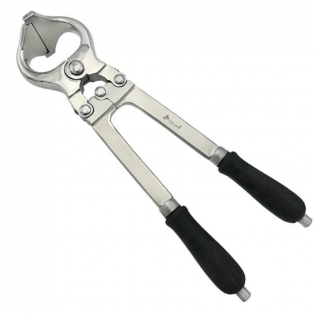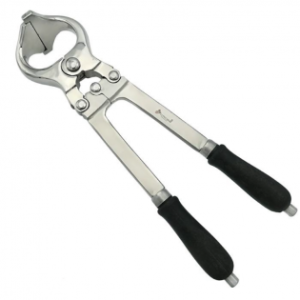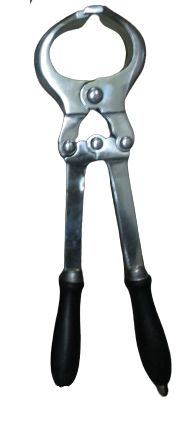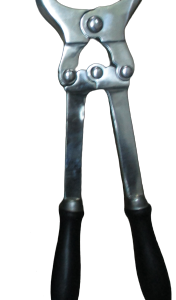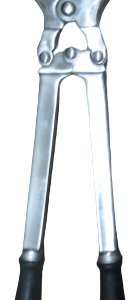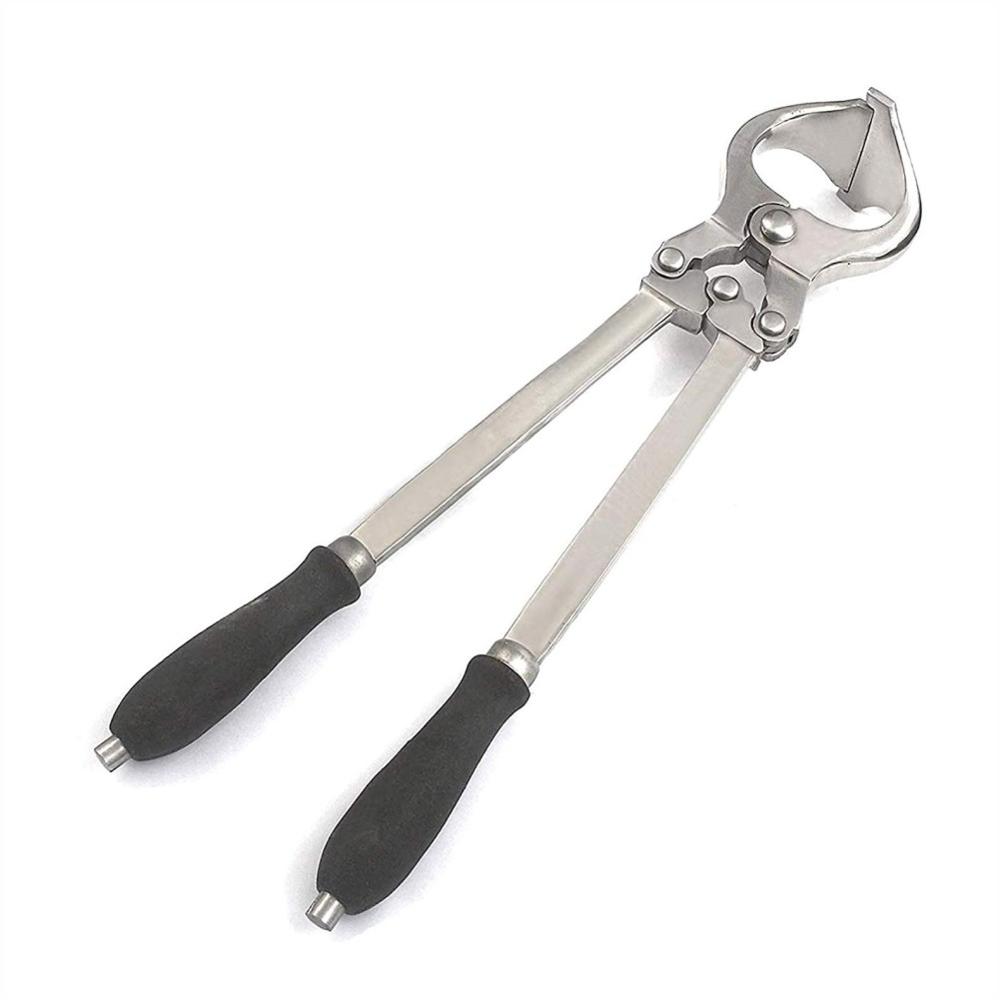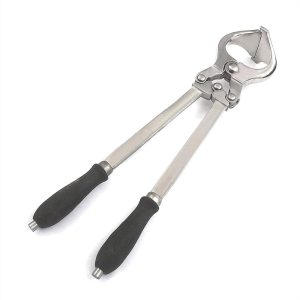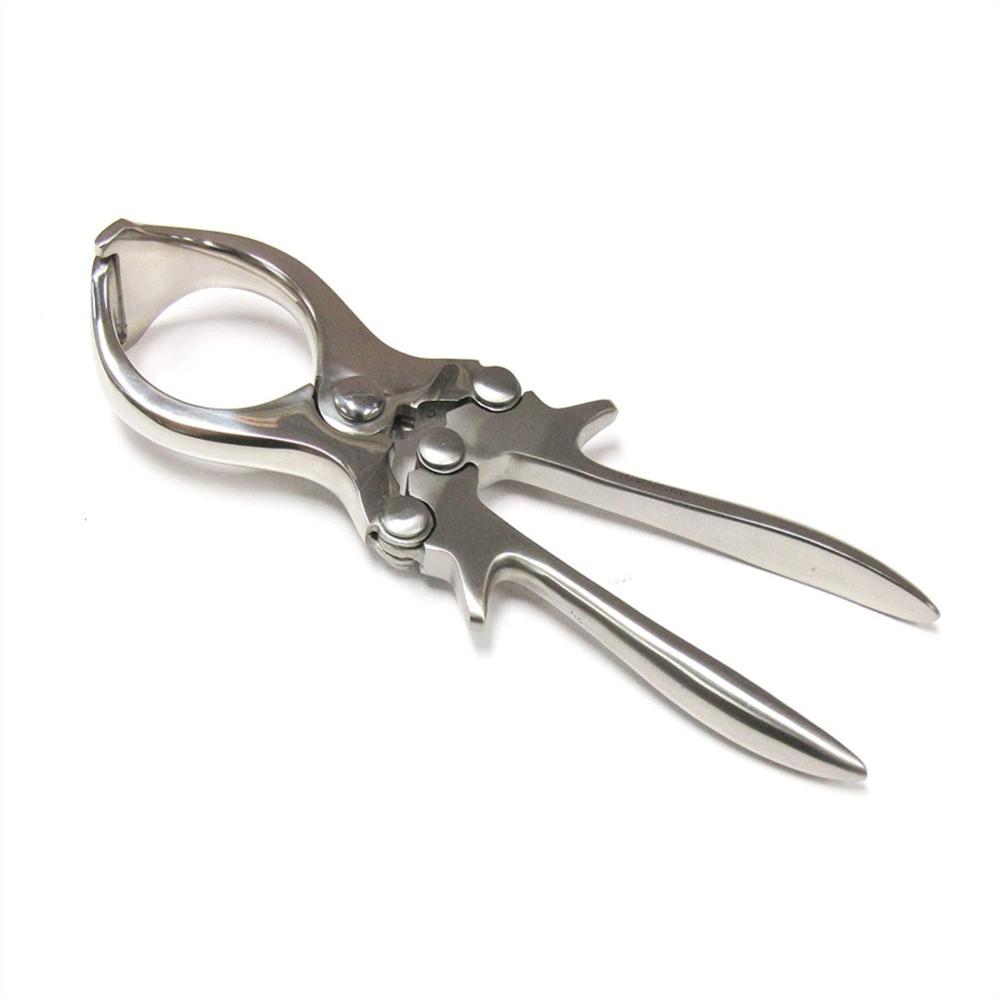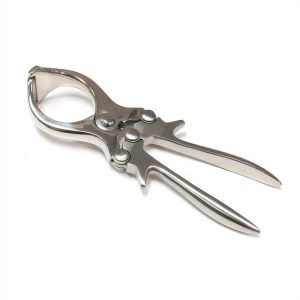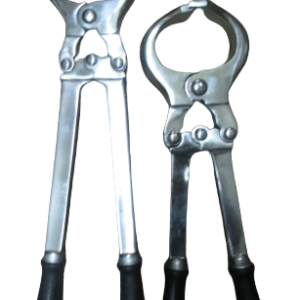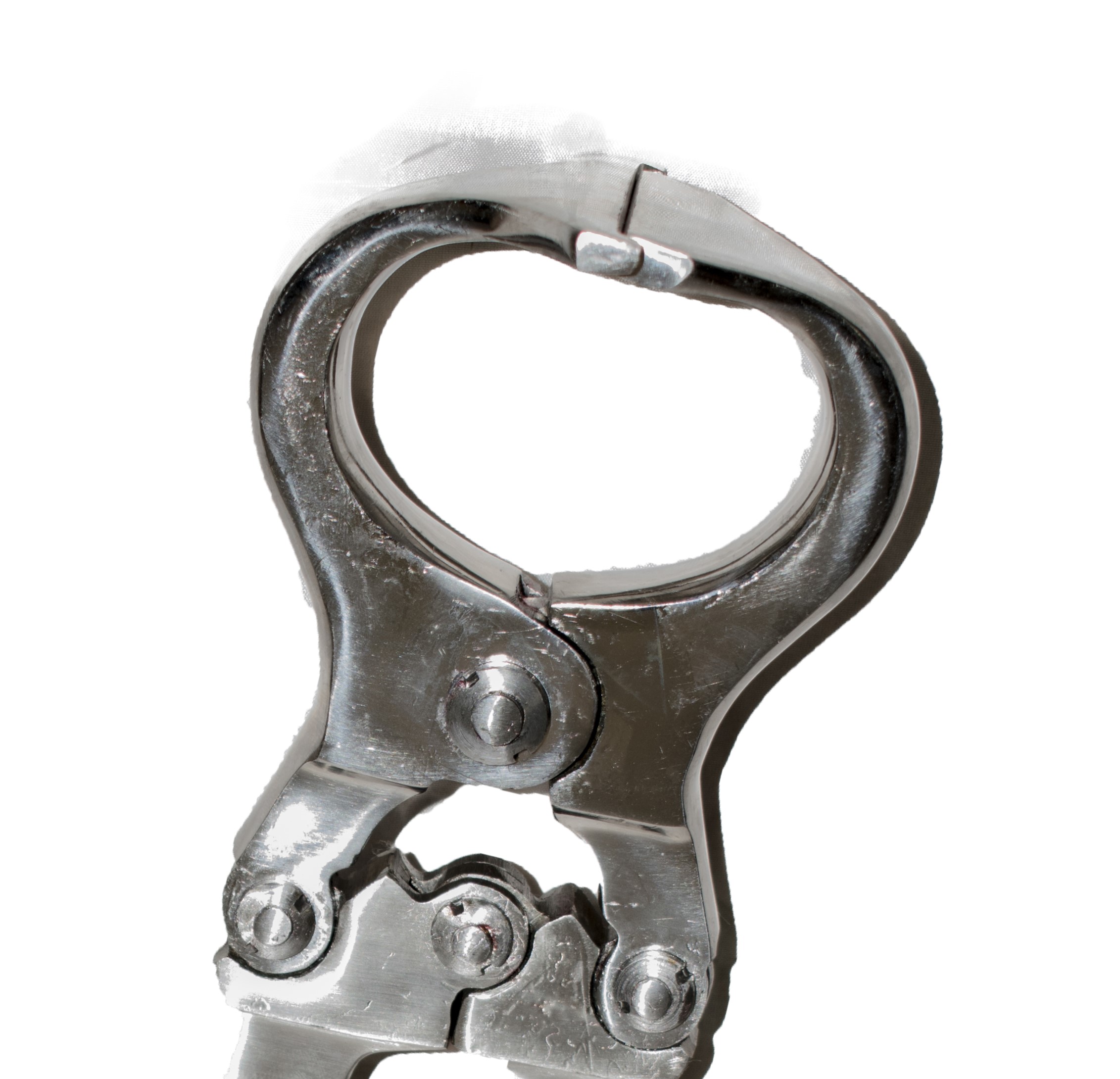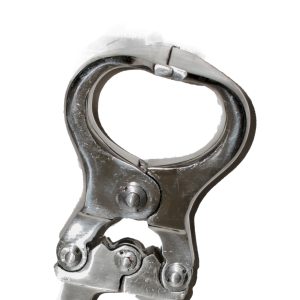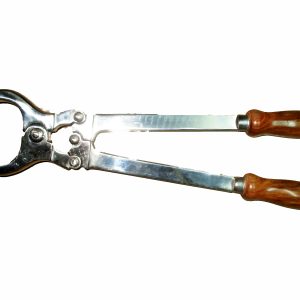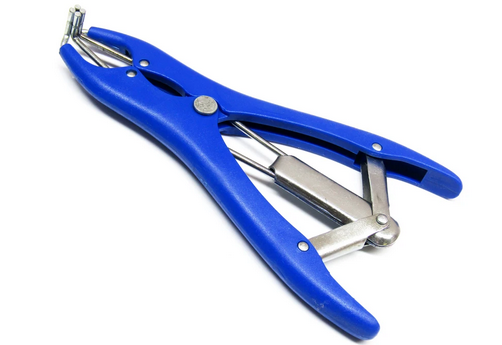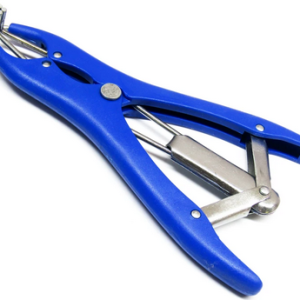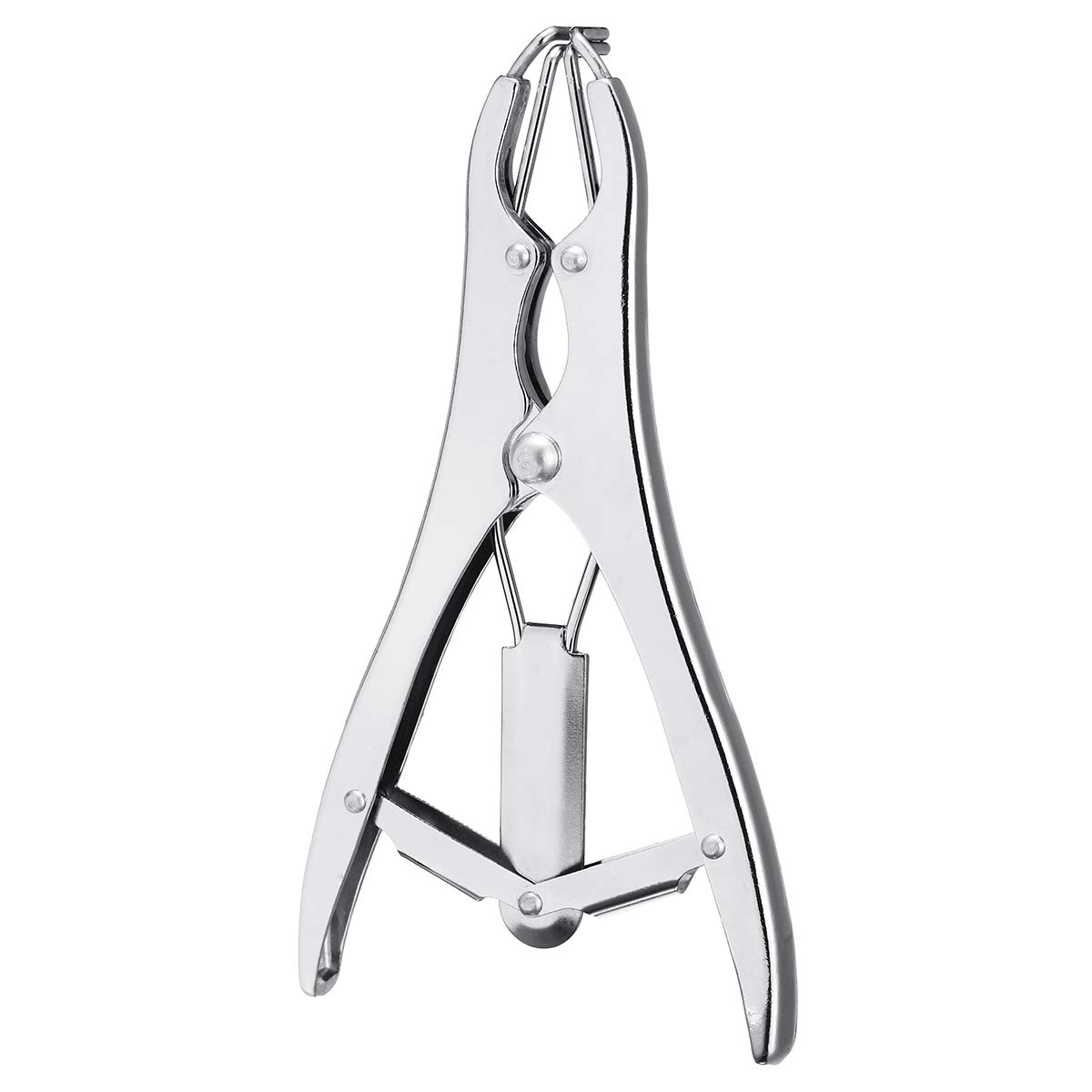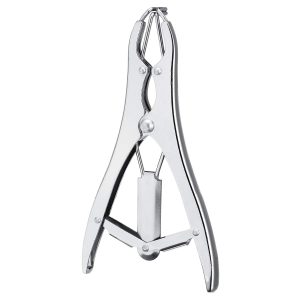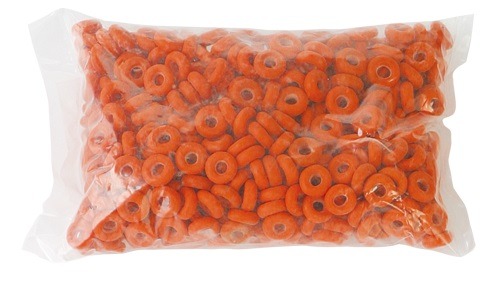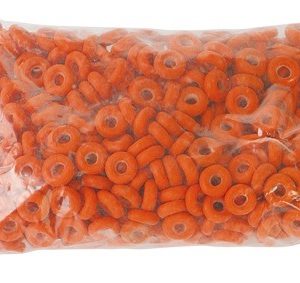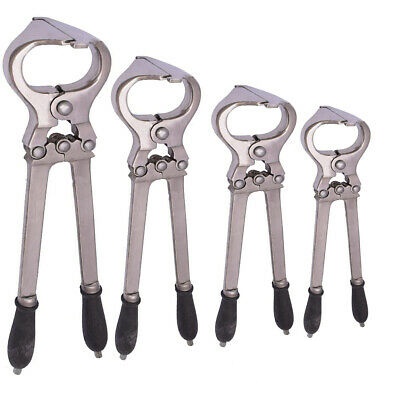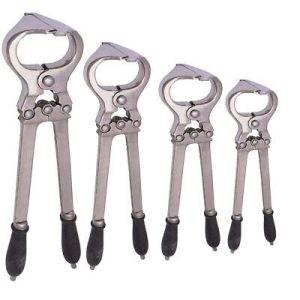- Telephone No. 0743 621263 | 0722 779774
- biz1@medilink.co.ke
- Moi Avenue, Development House, Mezzanine Floor
LIVESTOCK PRODUCTS & EQUIPMENT - WE GOT YOU COVERED
Search
Product categories
- A.I. Equipment (41)
- Accessories (2)
- Castrating equipment (12)
- Cow comfort (14)
- Protective Wear (12)
- Diagnostic Equipment (31)
- Dog/Canine Equipment (37)
- Feeding equipment (2)
- Pet care (13)
- Pet toys (8)
- Feeding Equipment (Cattle) (7)
- Hoof equipment (6)
- Hormones (4)
- Identification Equipment (36)
- Knapsack Sprayers (30)
- Spares (26)
- Milk Analyzers (4)
- Milking Equipment (74)
- Spares (44)
- others (14)
- Poultry Equipment (18)
- Drinkers (7)
- Feeders (6)
- Incubators (4)
- Restraining & Trimming Equipment (18)
- Teat Equipment (7)
- Ultrasound Scanners & Others (1)
- Uncategorized (7)
- Vaccination and drenching equipment (42)
- drenchers (4)
- Vaccinators (4)
- weaner (1)
- Sorry, this product cannot be purchased.
Showing all 12 results

